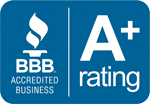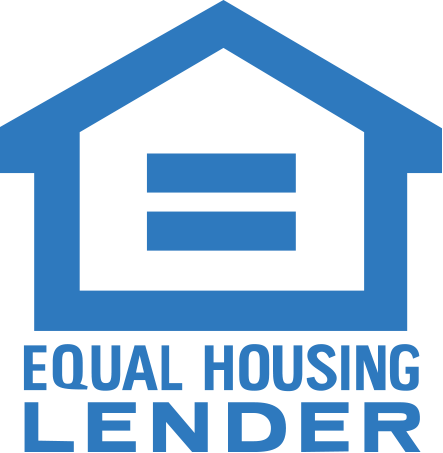President Trump (in late September) issued three executive orders that would affect Medicare outpatient drug prices, protect people with pre-existing conditions from health insurance pricing discrimination and end surprise billing.
The main, and most substantive, order would fix prices that Medicare pays for outpatient and pharmacy-sold pharmaceuticals to the lowest prices offered in comparable developed countries.
The Trump administration had announced in July that it would release an order on Medicare outpatient drug prices pending negotiations with the pharmaceutical industry. But after those talks failed to yield the results the administration had hoped for, the president decided to release the latest version of the order.
The original planned order would have focused on drugs covered by Medicare Part B (most of these pharmaceuticals are typically administered in the health provider’s office in an outpatient setting). But the new order also includes outpatient drugs covered by Medicare Part D (drug plan coverage, which is often included in Medicare Advantage (Part C) plans).
‘Most-favored nation’ prices
The executive order would use a “most-favored nation” payment system, which would guarantee that Medicare would pay the lowest price found in any country that is a member of the Organization for Economic Cooperation and Development and that has a similar per-capita gross domestic product to the United States.
Specifically, the order directs the Health and Human Services secretary to write new regulations that tie Medicare outpatient drug payment to international prices, including:
- Creating a demonstration of a payment model to ensure Medicare Part B pays the most-favored-nation prices for some high-cost outpatient drugs.
- Creating a Center for Medicare and Medicaid Innovation demonstration for Medicare to pay the most-favored-nation price for Part D drugs for which there is insufficient competition (alternative drugs) and that have U.S. prices compared to other developed countries.
While the executive order only gives a broad outline of what the regulations the HHS has to create, it is likely to be similar to the draft plan for a Center for Medicare and Medicaid Innovation that the administration released in 2018.
That plan would set Medicare Part B reimbursement based in part on drug prices paid in other countries. One key component of this would be that new middlemen would have to be created that would have to buy pharmaceuticals from manufacturers and sell them to providers.
The draft calls for mandatory participation by providers.
However, with an upcoming election and the time it takes to write regulations that need to be sent out for public comment, it’s unclear when final rules would be issued.
The other orders
The executive order on pre-existing conditions does not identify a specific action to protect individuals, but states that such protection is the policy of the U.S. (it is also included in the Affordable Care Act).
The executive order on ending surprise medical billing requires the HHS secretary to work with Congress to reach a legislative solution by Dec. 31. If one is not enacted, the order directs the secretary to use administrative action to protect patients from such bills.




